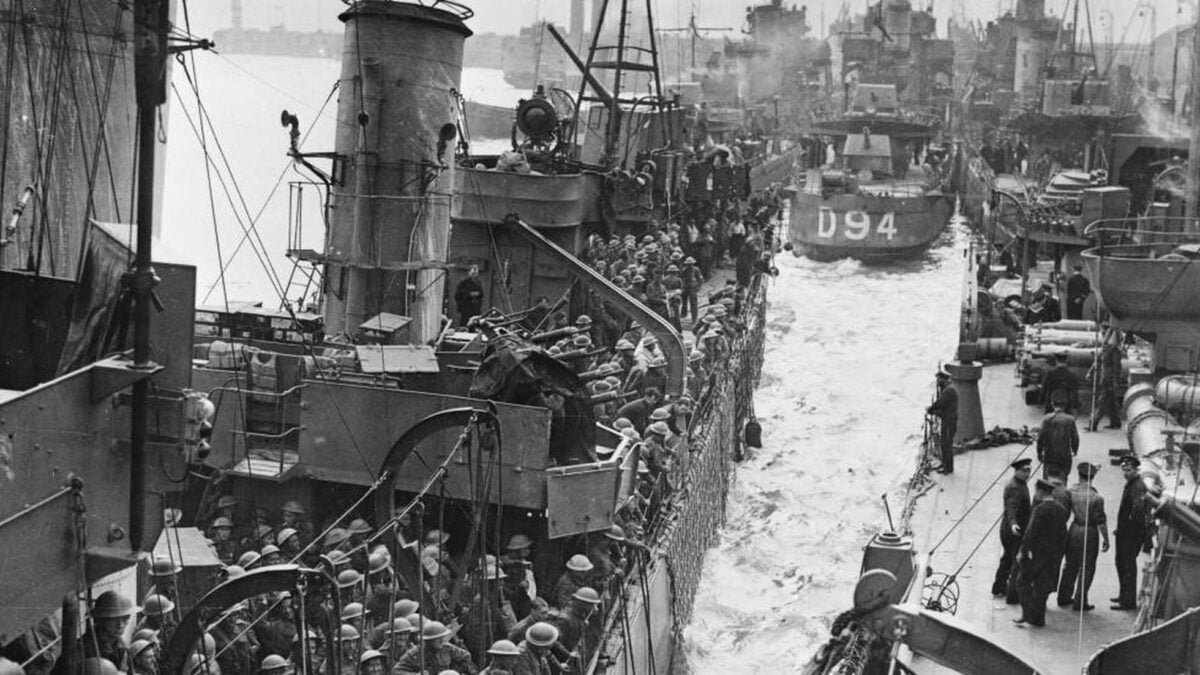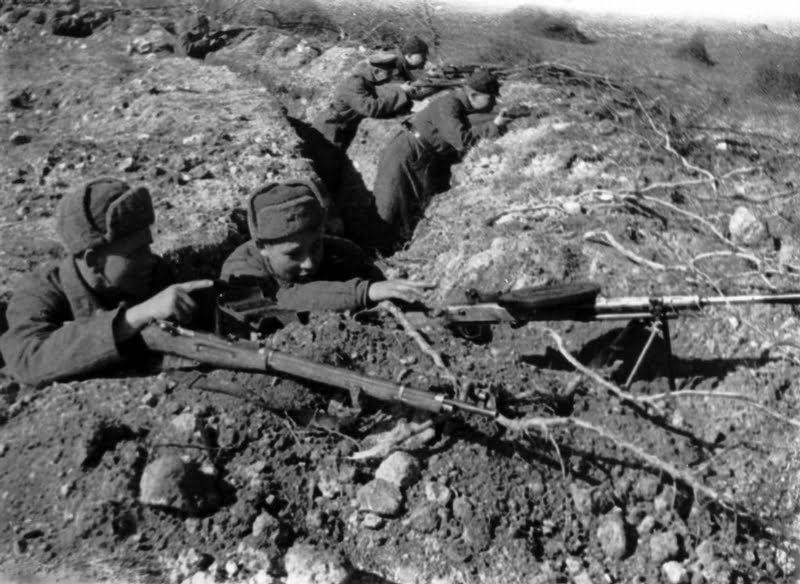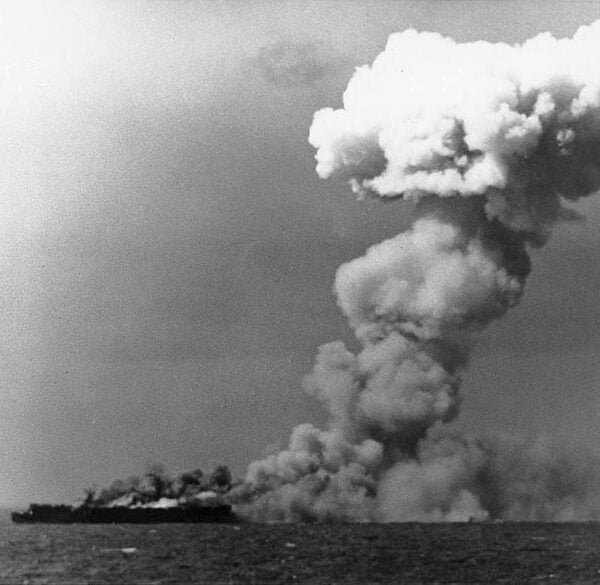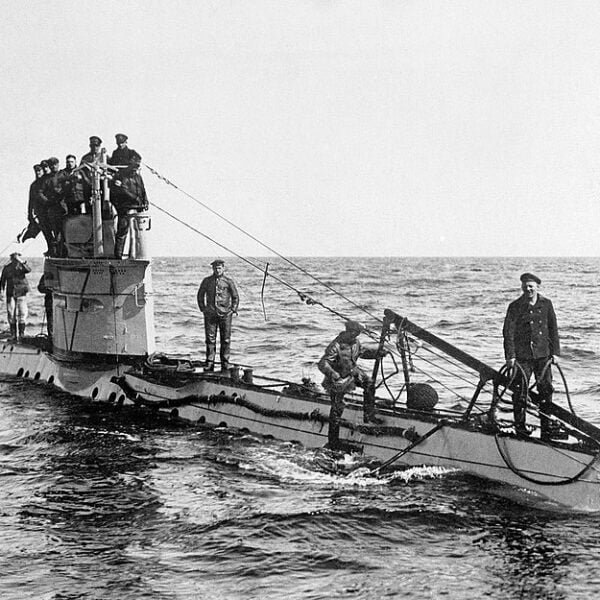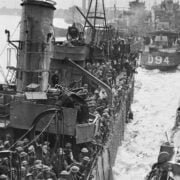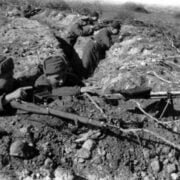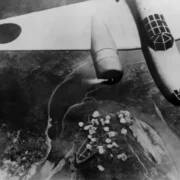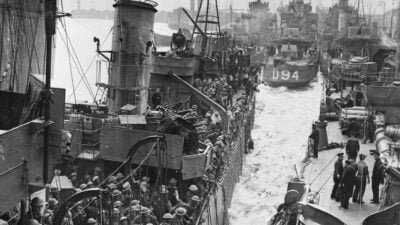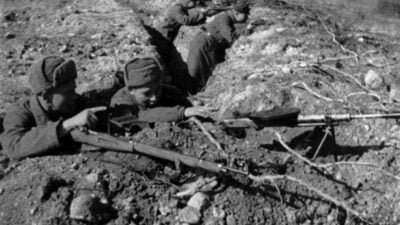The Battle of Kasserine Pass was a crucial engagement with significant implications for the outcomes of the conflict in the North African Theater during World War II.
Also check out: Operation Mincemeat: An Intriguing War Operation
The North African Campaign in World War II
To fully understand the Battle of Kasserine Pass, it is essential to consider the historical context in which this important battle took place. During World War II, the North African Theater played a crucial role in the fight against Axis forces and the overall strategy of the Allies.
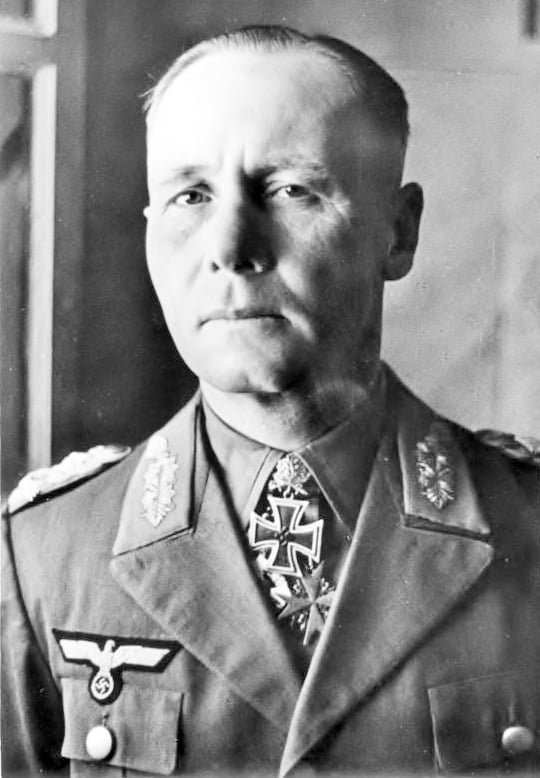

Axis Expansion in North Africa
At the beginning of World War II, the Axis, led by Nazi Germany and Fascist Italy, launched a successful offensive in North Africa. German General Erwin Rommel, also known as the “Desert Fox,” led Axis forces in a series of advances that captured vast North African territories, including Libya and parts of Egypt.
These advances were part of a broader Axis strategy to secure control of vital supply routes, particularly access to Middle Eastern oil. Axis expansion in North Africa posed a significant threat to Allied interests in the region and increased the urgency for an effective response.
Allied Intervention
The Allies responded to this threat with Operation Torch, a series of landings in North Africa in November 1942. This joint operation involved forces from the United States, the United Kingdom, and other nations, led by General Dwight D. Eisenhower. The landings aimed to establish a unified front and reverse Axis gains in the region.
Kasserine Pass, located in the mountains of Tunisia, played a critical role in this context. It was a strategic point where Axis forces attempted to resist the Allied advance towards Tunisia, which would become a crucial battleground in the North African campaign.
Allied Tensions and German Counteroffensive
In early 1943, as Allied forces advanced in North Africa, a series of tensions and internal disputes occurred among the various Allied forces. These divergences included tactical, command, and strategic differences.
It was in this context that the Battle of Kasserine Pass took place in February 1943. Axis forces launched a German counteroffensive led by Rommel, aiming to exploit weaknesses in the Allied ranks and regain lost ground.
Development of the Battle of Kasserine Pass
The battle was a significant conflict in the North African Theater during World War II. In this chapter, we will explore the development of the battle in various topics, highlighting the strategies, maneuvers, and confrontations that shaped the course of the conflict.
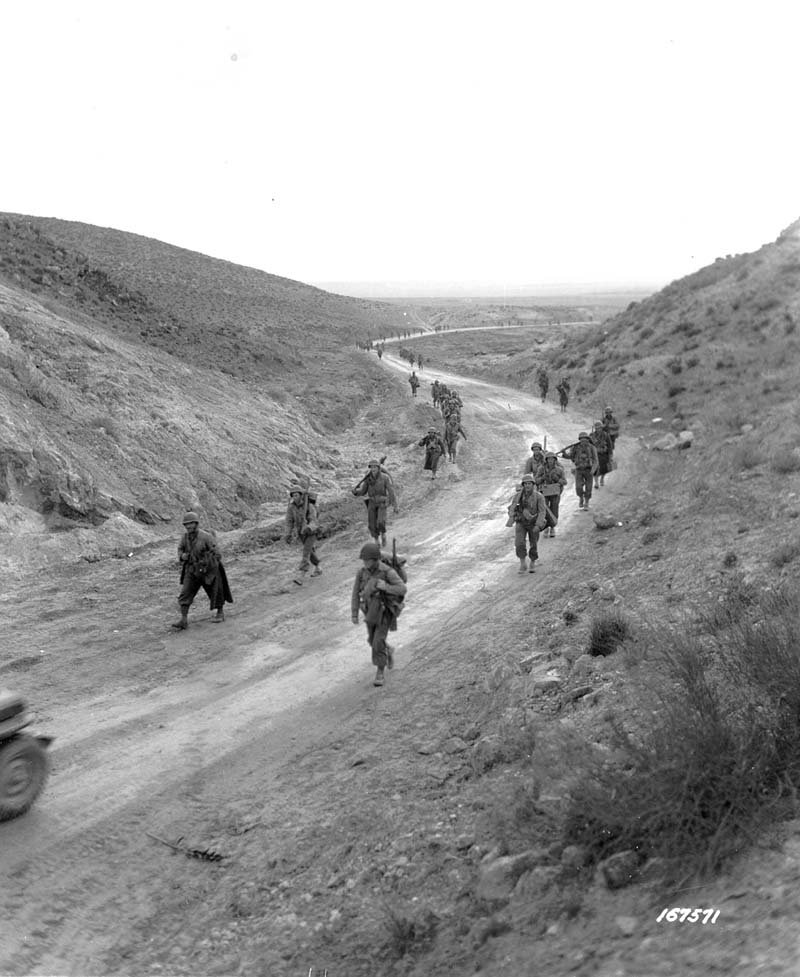

Initial Positioning of Forces
Before the start of the battle, Axis forces led by General Erwin Rommel had established defensive positions in Kasserine Pass. The Allies, under the command of General Lloyd Fredendall, were approaching the area with the intention of advancing in the North African campaign. In this topic, we will discuss the initial positioning of forces, fortifications, and defensive strategies adopted by both parties.
As Allied forces advanced towards Kasserine Pass, initial clashes occurred. Axis ambush tactics and tactical maneuvers aimed to exploit weaknesses in Allied coordination. We will explore the early confrontations, including attacks and counterattacks that characterized the initial phases of the battle.
Allied Coordination
The conflict also revealed coordination issues among Allied forces. Tactical and command divergences emerged, affecting the effectiveness of operations. In this topic, we will discuss the difficulties faced by Allied forces in coordinating efforts and how these issues affected the course of the battle.
German Counteroffensive
Under Axis pressure, particularly the counteroffensive led by Rommel, Allied forces faced significant challenges. General Patton was called in to lead the Allied response to the evolving situation. We will explore the German counteroffensive, the tactics employed, and how Allied forces responded to this threat.
Consequences of the Battle of Kasserine Pass
The battle had significant consequences in the North African Theater of World War II, affecting the dynamics of operations and the strategies of Allied and Axis forces. In this chapter, we will address the immediate and long-term consequences of this impactful battle.
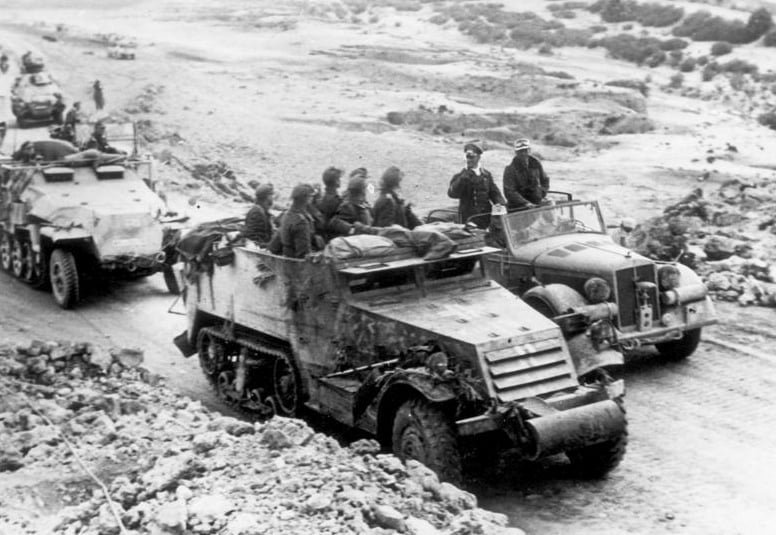

Human and Material Losses
The confrontation resulted in significant losses for both parties involved. Allied and Axis forces suffered considerable casualties in terms of soldiers, equipment, and vehicles. We will explore the impact of human and material losses, including the difficulty of replacing vital resources amid the theater of operations.
Withdrawal of Allied Forces from the Battle of Kasserine Pass
After the battle, Allied forces withdrew from the Kasserine Pass area. This had important implications for the continuation of the North African campaign, with the Allies reshaping their strategies and action plans. We will discuss the withdrawal of Allied forces and how it affected the tactical situation in the North African Theater.
Learning and Tactical Improvements
The conflict served as an essential learning point for Allied forces. They recognized the need to improve coordination, communication, and tactics. The experience of the battle influenced the revision of strategies and laid the groundwork for subsequent operations in North Africa. We will discuss the lessons learned and tactical improvements implemented after the battle.
Changes in Leadership at the Battle of Kasserine Pass
Tensions and coordination problems led to changes in Allied force leadership. General Dwight D. Eisenhower took command of operations and appointed General George S. Patton as the commander of U.S. forces in North Africa. These changes had significant implications for the conduct of the campaign in the North African Theater.
Lessons Learned from the Battle of Kasserine Pass
Despite being a significant setback for the Allied forces, it served as a turning point in the North African Theater of World War II. The lessons learned from this challenging battle played a crucial role in the evolution of military tactics and strategies, both in North Africa and in other theaters of operations. In this chapter, we will explore the lessons drawn from this battle and their impact on subsequent operations.
Coordination and Communication
One of the most evident lessons was the critical importance of effective coordination and communication among different units and Allied commands. During the battle, Allied forces faced difficulties in communicating and cooperating effectively, allowing the Axis to exploit weaknesses in coordination. After the battle, the Allies recognized the need to improve these aspects and implemented measures to ensure more effective coordination among units.
Tactical Adaptation
The battle revealed deficiencies in the tactics and adaptability of Allied forces. The Axis employed effective ambush tactics and flanking maneuvers, exploiting vulnerabilities in Allied tactics. As a result, Allied forces understood the importance of adapting their tactics to the terrain conditions and enemy behavior. This led to a greater focus on tactical flexibility and the ability to respond to changes in battlefield circumstances.
Effective Leadership
The importance of effective leadership also emerged as a critical lesson from the Battle of Kasserine Pass. Tensions and challenges in coordinating Allied forces led to leadership changes, with General Dwight D. Eisenhower appointing General George S. Patton as the commander of U.S. forces in North Africa. These changes were a recognition of the need for decisive and assertive leadership on the battlefield, as well as the importance of leaders who could inspire confidence in the troops.
Logistical Improvements after the Battle of Kasserine Pass
The confrontation also highlighted the importance of effective logistics. Material losses suffered by Allied forces during the battle underscored the need for a robust supply chain and the ability to quickly replenish equipment and supplies. This resulted in improvements in logistics and the capacity to sustain military operations in distant theaters.
These lessons drawn from the Battle of Kasserine Pass influenced subsequent operations in North Africa and served as a foundation for the development of more effective strategies in other theaters of World War II. The ability to learn from mistakes and adapt tactics and strategies was a crucial factor in the evolution of Allied forces during the conflict.

